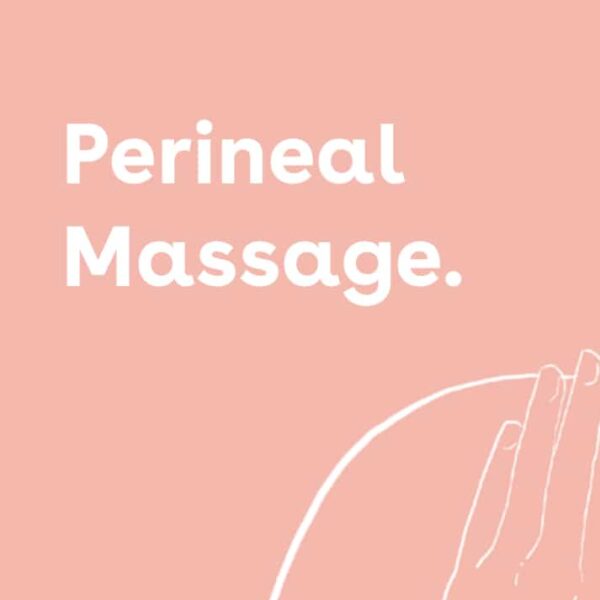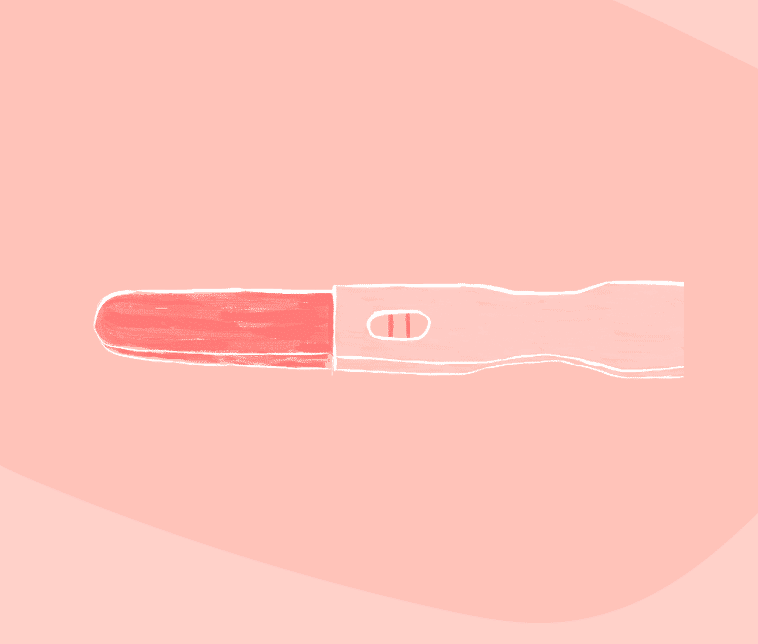Performing perineal massage is quite simple but it’s best to be prepared and follow a guide. When practised during your pregnancy, perineal massage is beneficial for reducing perineal trauma during vaginal delivery. Download your free illustrated guide where I take you through perineal massage in detail.



